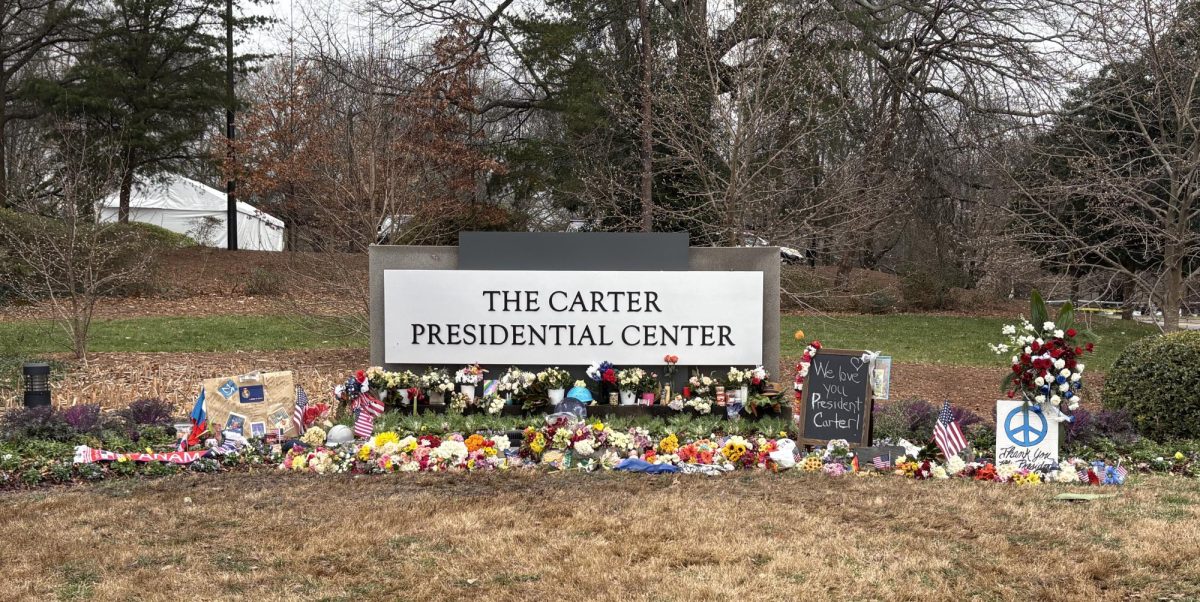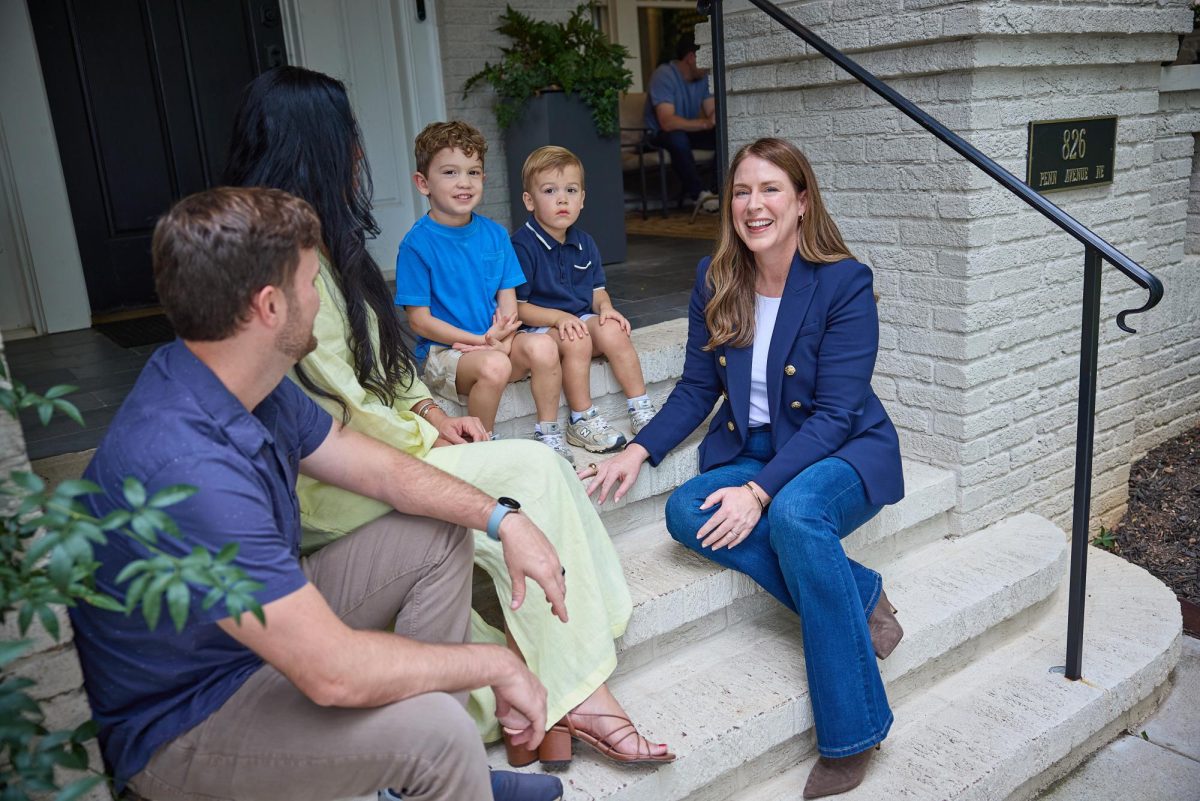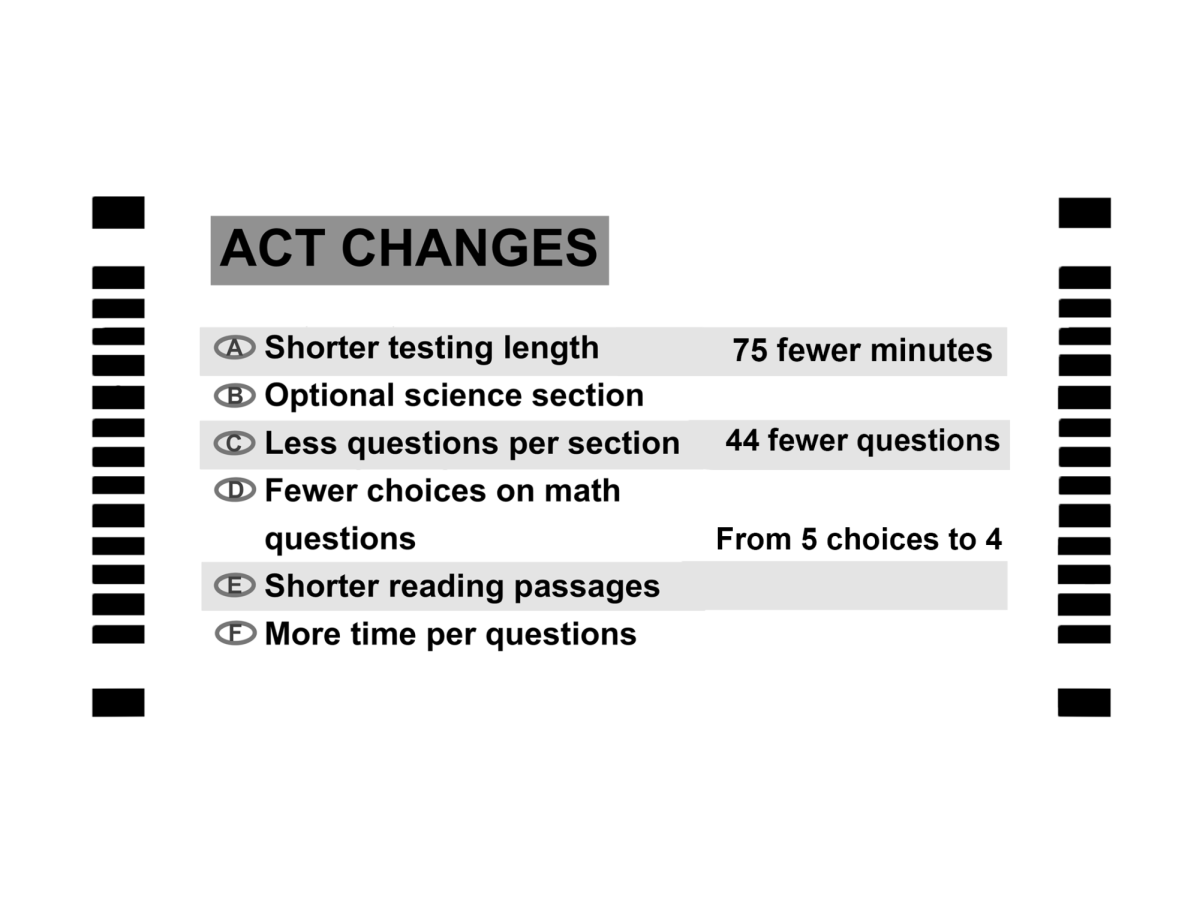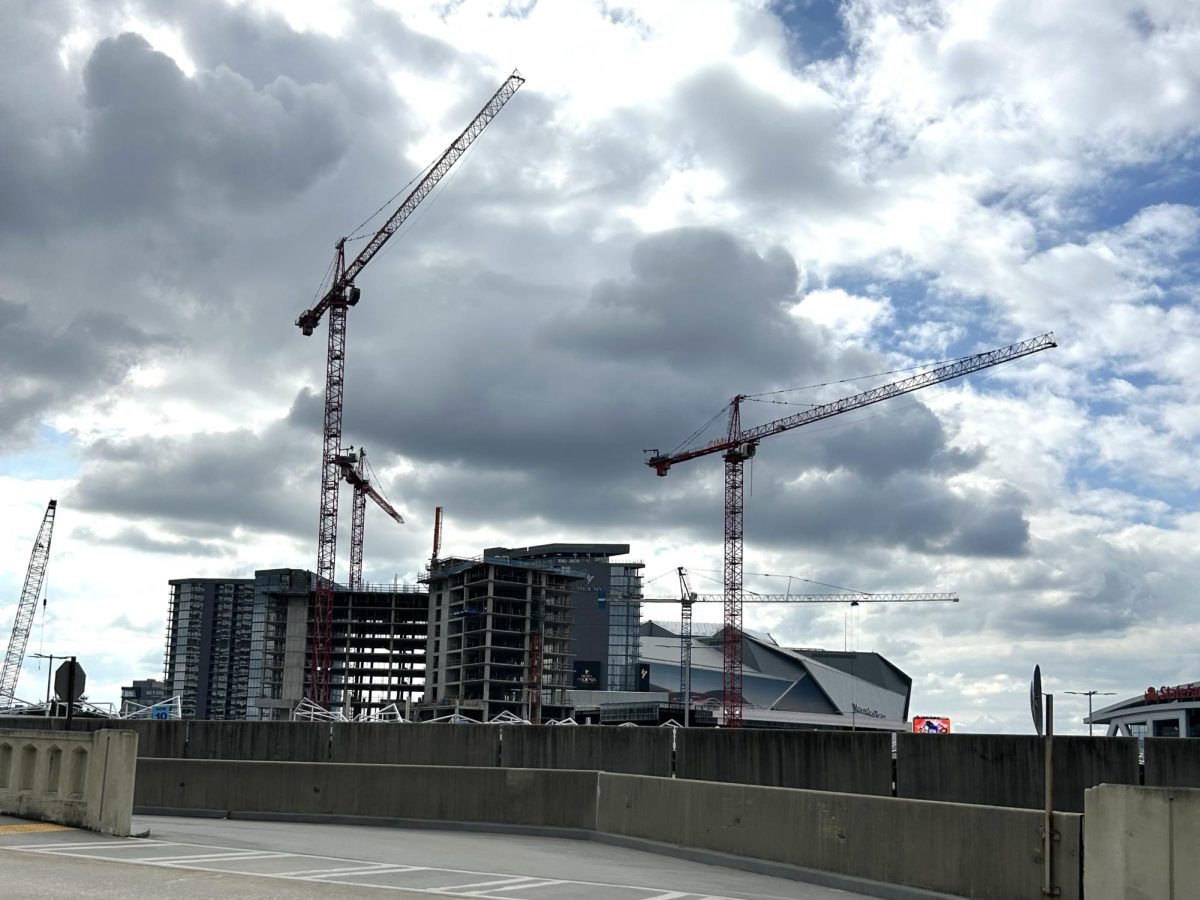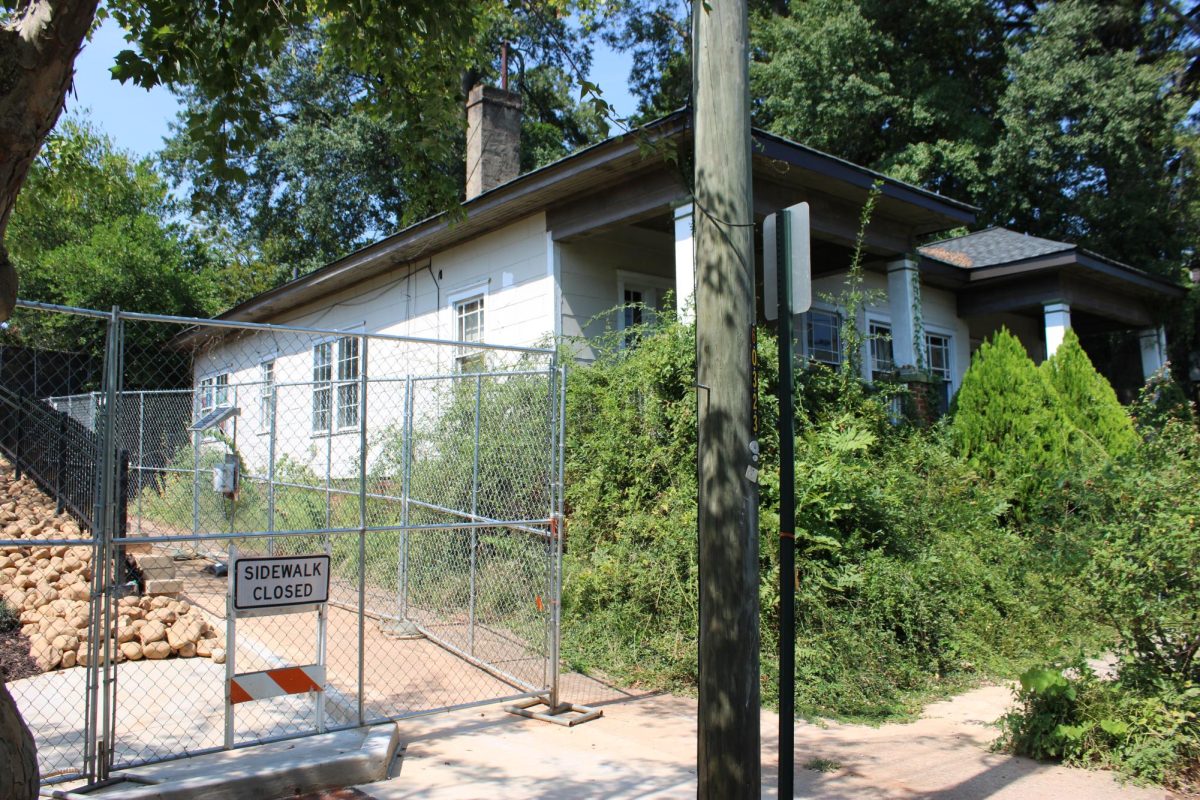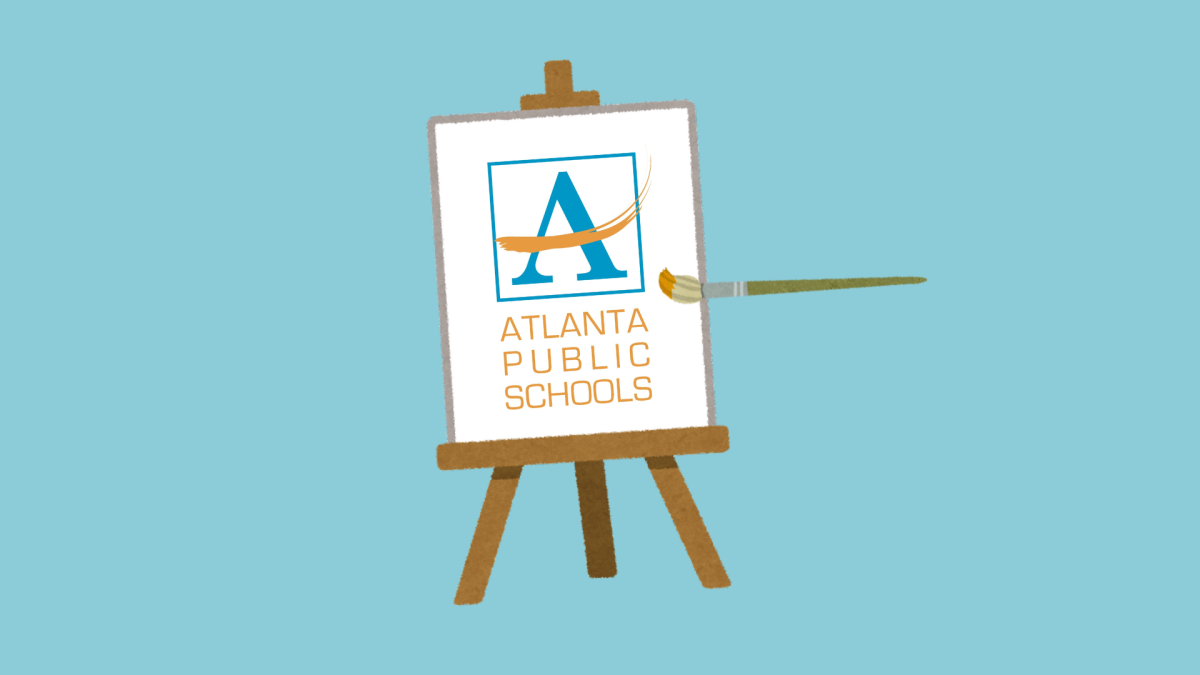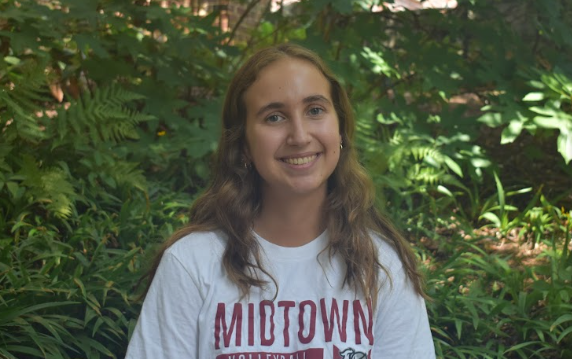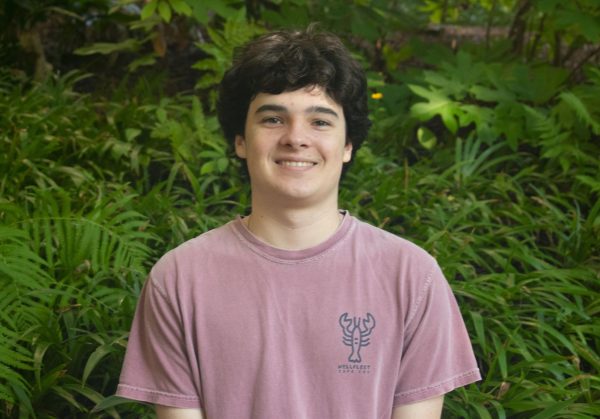As part of the planning stages for the Atlanta Public Schools Comprehensive Long Range Facility Plan, or APS Forward 2040, APS has been holding public meetings. They hosted the third meeting on Sept. 10, geared towards over-utilized high schools.
There are three APS clusters defined as over-utilized: the Jackson cluster, the Midtown cluster and the North Atlanta cluster.
For the 2025-26 school year, Midtown is at 100.8% capacity. While that number is expected to decline to 96.5% over the next two years, Midtown will again be over capacity in the 2028-29 school year.
“We knew when we did the expansion here at Midtown that it was going to be overcrowded the moment it was finished,” 12-year APS parent Tim Langan said. “Try getting in and out of hallways and stairwells, and we’re planning on more kids being here in a few years. The elephant in the room is that we don’t have a capacity problem across Washington and Midtown. We have an under-enrolled school. We have an over-enrolled school. You’ve got the Washington Cluster that is clamoring for a zone that fits their school.”
Tracy Richter, Vice President of HPM, the firm APS hired to oversee the process, led the meeting. The first possible solution to alleviate overcrowding he discussed was additional construction.
“Construction is one way to alleviate overcrowding,” Richter said. “We all know that. You can add to existing buildings. But adding portables, I kind of put that under construction because it impacts the site and how you do it. But I think those are kind of a temporary thing to get you somewhere where you need to be.”
Every iteration of feasible additions to the schools is estimated to cost $50 to $80 million per school, or about $150 to $320 million dollars worth of construction on the three schools.
Midtown GO Team elected representative Kurt Kastorf believes the construction-based solution is the most reasonable option.
“I want to thank APS for presenting a sensible construction plan to address what appears to be a very minor and temporary excess capacity issue in Midtown,” Kastorf said. “APS should stick to this plan rather than spend time rehashing old debates, especially when other clusters urgently need attention.”
The second possible solution Richter discussed is boundary changes with possible elementary feeder readjustments or a district-wide realignment.
“We don’t split boundaries in this district,” Richter said. “A whole elementary school goes to a high school. That’s what constitutes a high school boundary. The first instance is to move one feeder pattern out. When you talk to just doing that, there are so many implications to how programs feed and how neighborhoods have been promised to stay in feeders. The other approach is that you go a more finite approach, which is what I call a planning unit approach of looking neighborhood by neighborhood, block by block.”
Maynard Jackson GO Team community member Suzanne Mitchell believes redistricting is the only long-term solution to the overutilization and underutilization of high schools across the district.
“Eventually, we’re all going to have to move south,” Mitchell said. “Everyone’s just going to have to get comfortable with that. Some of y’all are going to have to come to Jackson, and some of us are going to have to go to Carver. It’s going to happen. There are too many of us. Until we make a decision to come together as clusters and start having truthful conversations, we will not get this fixed, and it will continue to be done to us. It’s not fair to us. It’s not fair to any administration.”
If the district were to employ a redistricting policy, it could take two years. However, in two years, Maynard Jackson High School will be at an estimated 123.3% capacity. The third solution Richter touched on was schedule changes.
“When you talk about things like block schedule versus period schedule that has an impact on how you use the building,” Richter said. “When you talk about how the building is used through the year, whether it’s year-round scheduling or time of day, or it’s a six-block schedule or a zero period. Those are the fastest solutions to getting you more capacity and flexibility in the building.”
The final possible solution Richter explored was the possibility of adding choice high schools such as magnet or performing arts schools.
“We’ve talked a little about the zoning model, things like magnets,” Virginia Highland Elementary Parent Edjah Nduom said. “If you told me that we’re going to put a health sciences magnet somewhere in the district, I’d happily send my daughter there. We’d figure it out. It could be far. It could be at Carver. It could be at Mays. It could be wherever it is. We’d be ecstatic because that would expand her opportunities. I want to hear more about those attractive programs and things that we can do.”
Midtown GO Team Vice Chair Jenifer Keenan attended the meeting to hear the pros and cons of the options to address overcrowding. She believes these meetings allow community members to speak their minds on important district topics.
“I believe these meetings are very helpful, particularly because they provide an opportunity to hear from people in other clusters,” Keenan said. “The comments on the challenges Washington High School faces due in part to underutilization, and the equity concerns about spending resources to build at over-capacity schools rather than use those funds to improve underutilized schools, were very powerful.”
While Richter presented several possible solutions to overcrowding, he said he is not in a position to make a recommendation on which plan is the most optimal. He said the public meetings shape the APS Forward 2040 plan.
“I want to show you both things tonight,” Richter said. “I want to show you construction. And I wanted to show you the complexity of what boundaries would look like, because they both are okay. Admittedly, folks, we’re not there yet here. We’re not to a recommendation yet, and that’s why we’re here. We added this meeting for overutilized high schools for this very reason, because we need to figure out how we’re going to get there.”






